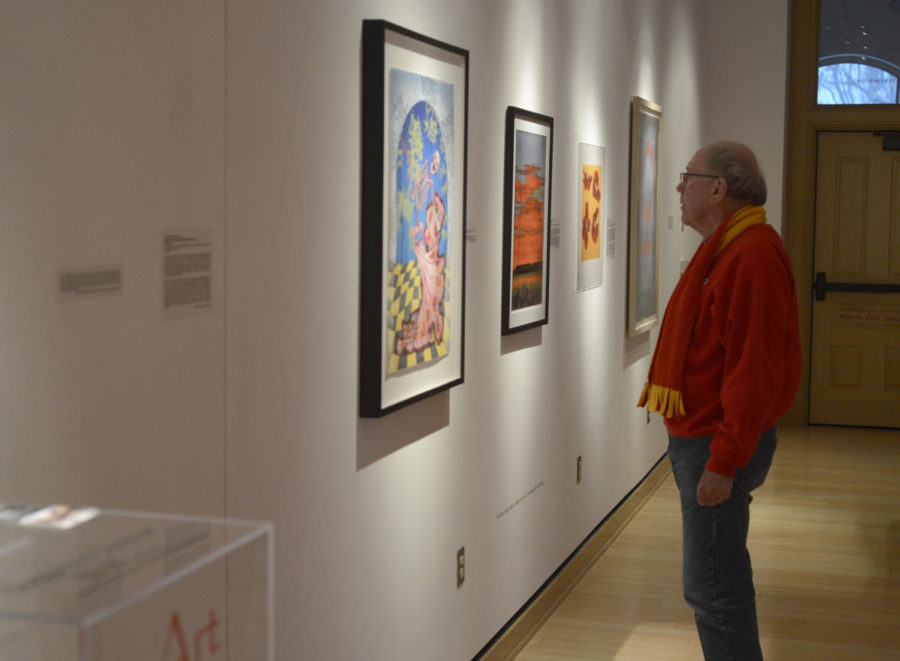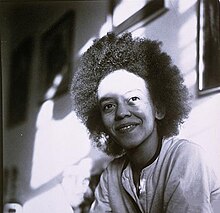Content Warning: The following column contains mentions of sexual violence.
A persistent issue that has captured the attention of psychologists and the public is whether we should separate an artist’s work from their wrongdoings, or if we should express our disagreement by boycotting their art. This presents a persistent ethical dilemma.
Many of history’s greatest artists have had their reputations shattered when their true character was revealed to the public. Picasso, one of the most renowned painters in history, has been criticized for endorsing and even celebrating misogyny in many of his paintings. Should we cancel him? Michael Jackson has a quarter-century of allegations of sexual abuse of children. Is it morally acceptable to listen to his music? On the other hand, if we cancel all the great art for the sins of their creators, are we not risking losing some of the world’s greatest masterpieces? Should we demolish the Giza pyramids because it was built by enslaved residents, thousands of whom died in the process?
Navigating the relationship between art and its creators can be challenging. While sometimes it’s possible to separate the two, often it’s not. One could argue that it is in the best interest of an artist to be deceased, as humans can distance themselves from ancient individuals and give them the benefit of the doubt, reasoning that they were products of their times. Yet, shouldn’t we apply moral judgment consistently? A friend suggested that the distinction between a momentary moral slip and a consistent pattern of sinfulness is key and judgments should be tailored accordingly. I couldn’t agree more. Contextualizing an artist’s work could help us navigate this dilemma. A contemporary writer who transcends his time’s evilness, offering rationalizations for enslavement back in the 18th century, merits a harsher evaluation than one who was triggered by the norms of his time. It too comes down to how much of one’s heinous actions are reflected and normalized through their art. Watching “Chinatown” knowing that Roman Polanski is a convicted rapist of a 14-year-old girl leaves a bad taste in your mouth. And it should.
The last time I checked, there was no definitive answer to the controversy. Admittedly, it is hard to turn a blind eye to evilness in people, especially when consuming their products privileges them with profit and fame. The idea of disregarding people’s actions feels intolerable and carries potentially dire consequences for humanity and future generations. However, great art indeed transcends the flawed human who creates it and people should exercise extreme caution before canceling an artist, for they might be suppressing a significant talent or depriving the world of great historical works of art. Hard as it may be, it is possible to appreciate marvelous art while being critical and educative on the evil behind it.








